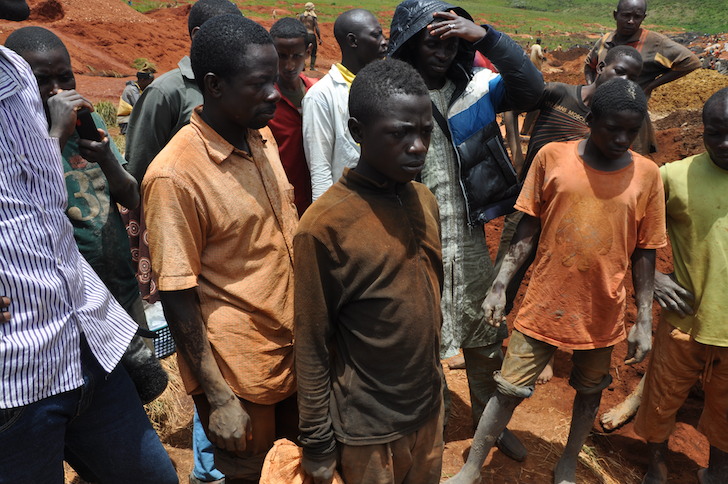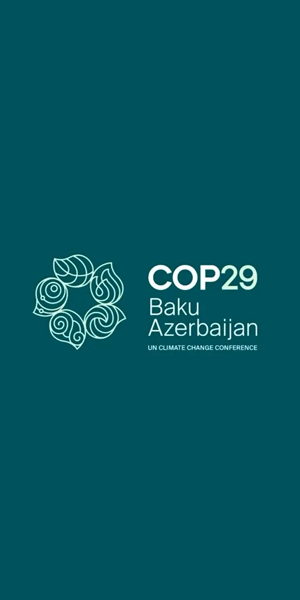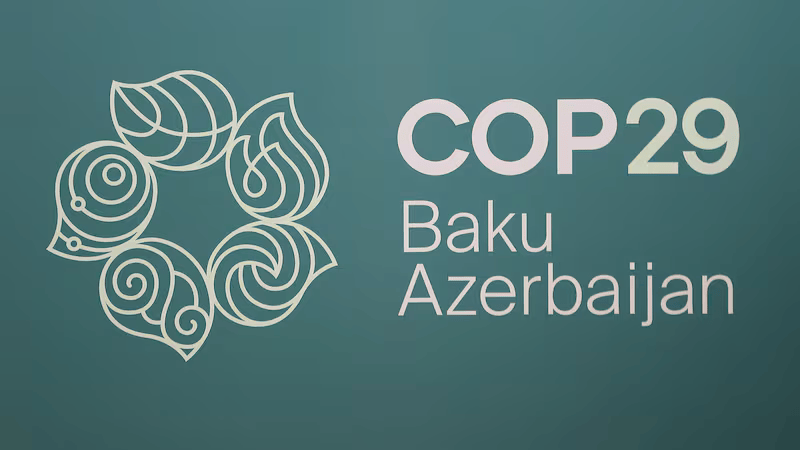
By Lawal Sani Kona
It is a beautiful morning at Nguroje, my two colleagues and I negotiated for hired motorcycle taxis, we are excited about seeing something new, an adventure into a sort of a typical Wild West el dorado, a large settlement that came into existence in the past ten months. Our destination is ‘Blue,’ Nigeria’s newest settlement.
With the temperature down to fourteen degrees that early morning, coming from the tropical plains below, coupled with the ride against the wind on a motorbike sans warm clothing, I was chilled to the bones. The road to blue is rough yet it has a ceaseless traffic of motorbikes, trekkers, an occasional old land rover will be overtaken laden with supplies destined for ‘Blue’.
Uphill, bumpy laterite road, a beautiful landscape, a final deep down a slope and suddenly, our eyes are assailed by a bright reflection of hundreds of new corrugated iron sheet roofs from the valley below.
A mass of humanity
The next scene is a sharp contrast. Huts, huts, hundreds of them made of every sheltering material imaginable. In the outskirts of the settlement are open cleared fields, poked all over with pits, the red soil from the pits giving a sharp contrast of red against the green of the surrounding landscape.
Look carefully, from the distance you will see a mass of humanity like a swarm of ants. These are thousands of unemployed youths from the Mambilla plateau, and other parts of Nigeria and Cameroun and beyond.
This town is simply ‘Blue,’ a name it derived from the reason for its existence-Blue sapphire Blue is uncharted, nonexistent on the maps, and almost lawless. Coming into existence ten months ago, the town of ‘blue’ got its name from the precious stone, blue sapphire.
The mass of humanity you see? These are thousands of unemployed youths from the Mambilla plateau, and other parts of Nigeria and Cameroun. This shiny blue stone has lured in a motley crowd of thousands with the promise of making a fortune out of unpaid toil and luck.
Blue sapphire mining on the Mambilla
This is not the first time the precious stone was discovered on the Mambila plateau. I had my first coverage of the blue sapphire mining in 1998, at a place called Shirip about thirty kilometers north of ‘Blue’. The difference is that the magnitude of this new mining was unprecedented on the plateau. Without an environmental impact assessment or any form of regulation whatsoever; mining here is a free-for-all affair, with entire families working the pits.
At an altitude of 1,524 meters above the sea level, with an annual rainfall of 1,850 millimeters per annum, the Mambilla plateau has nurtured a vast and dense forest that forms a girdle of more than two thousand square kilometers around it. The forest begins from the foothills of the plateau and beyond.
The forest, gives off high humidity which cools off at high altitude rewarding the plateau with rainfall for most of the year. This heavy rain creates streams in the hundreds of valleys that crisscross the plateau. These streams are the source of many rivers, such as rivers Taraba, Donga, Kashimbilla and several minor rivers in southern Adamawa, Taraba, northern Benue, and central Cameron. The year round flow of these rivers is in turn insured by the forests.
Endangered ecosystems
Most times the blue sapphire occurs in the valleys where the streams flow, in most cases it is in the bed of the streams that the sapphire is found. When the mining horde descends on such ecosystems, nothing is spared in their desperate search for the poverty-relieving stone.
Stretches of already endangered gallery forest are cleared while pits are dug in the beds of the streams, water that is supposed to guarantee the flow of the rivers downstream sumps into the pits, leading to the gradual strangulation of water flow, with a fall in the volume of water flow to the river below, with high quantity of silt dumped, washed in from the loose soil at the mining sites; the rivers will gradually lose their perennial flow.

With their beds chocked up with silt floods will become frequent, as water from excessive rain will always find its way. Species loss will occur due to unfavourable habitat change. And so will local livelihoods. Fishing,farming, and harvest of non-timber forest products.
Diminishing forests
Sadly the area that will be affected will include the rare ecosystems found on the plateau, such as the gallery forests. This ecosystem is one of the direct victims of the unsupervised mining as miners clear them to dig their pits.
The fall out effect is that as water flow to the rivers in the plains begins to diminish, so will the vast forests that surround the plateau. Such forest will include forests that have designated as part of Nigeria’s programme for REDD+. Such forests include Gashaka Gumti, Nigerias largest and most diversity rich national park, and Nigerian conservation foundation’s Buru forest and the Nigerian Montane Forest Project at Ngelyaki.
On the face value, the ramifications of this disparagement to environmental health may look superficial, but in truth this activity could have wider and lasting global effect on the environment. Most of the pits are round, while miners with greater ambition go for huge square holes. They dig for days until they reach the gravel. The gravel is then shovelled out, packed into fibre bags and washed in the nearby River Sina.
Land grab or invasion?
As long as there is an occurrence of the mineral, the mining with continue and more fields will be opened. The miners are of no fixed address and can come from anywhere within and outside Nigeria to share in the spoils as the case is in ‘Blue.’ No agreement need to be signed, its no man’s land as it seems. Sadly the process is akin to a land grab, only that this case however tends more towards a land invasion.
Ardo Juli, owns several herds of cattle, he claims he has the title deeds to the land on which the town of ‘blue’ is situated. “We have written to the Government right from the onset of the mining activity even before it got worse; we are still communicating with the government, in fact we want officials to actually come and see what is happening.” “To even make matters worse, we receive no payment from the miners”Juli added.
Asked if he has any permit to mine, a burly young miner Beiri Nfor retorted “where did the ‘honourables’ acquire the license to own several houses and fleet of cars within a space of a few months after taking office from? This is the national cake sir, and this is the only way I can get my share.”
Life in Blue
Within Blue settlement, the only set of people that can be found during the day are food vendors, liquor store owners and middlemen as most able bodied men and women have gravitated to the mines.
The middlemen who are Nigerians and occasionally Senegalese and Malians, who buy the stones off the local miners, in the nearby town of Gembu the stones are then sold to waiting Sri Lankans, Thais, Chinese and Lebanese businessmen.
Stories of big lucky strikes do happen, while at the pits, a Cameroonian, Ali Issa found a sizeable stone from which he hopes to get a price of twenty-thousand Naira (about $100), but his fellow miners feel it can fetch him unto four million Naira (about $20,000). Even then the sum of four million Naira could make a tidy starting capital for many.
For now ‘Blue’ is a boom town where every business is brisk. Hope sustains a high upbeat rhythm of life in Blue, but the mining practice remains unsustainable and and dangerous. Most miners here seem to be unaware of the effects of their actions on the environment
Deregulating environmental calamity?
Faced with unemployment, thousands of able bodied young men engage in a dusk to dawn labour with the hope of dropping bread on their family tables. The sad thing about it all is that with all the relief to poverty it brings, this mining activity, if allowed to continue without regulation, will turn into a harbinger of a monumental environmental calamity.
An environmentalist and an indigene of the Mambilla Plateau, Gilbert Nyanganji, formerly a staff of the World Conservation Society and now the Adviser to the Bauchi State government on Conservation, believes it is not possible to stop the miners outrightly, but to help bring expert supervision and help them improve their method improve their methods in such a way that will leave only a minimal damage on the environment.
Mr. Nyanganji also believes that a fair trade will help lead a good number of the miners out of the cycle of poverty. Given its hazards; many will opt for alternative means of livelihood. He believes if some of the locals deliver the stones to the international markets, bypassing the foreign middle men they can get life-changing fortunes.
Luring school children into the pits

Most disturbing is the way the shiny blue stone is luring a large number of school age children into the pits. Mrs Patience Moses of Government Day Secondary School Nguroje laments “most classes are empty these days, the boys go to mines, while the girls become girlfriends to the nouveau riche miners.”
Another teacher Emmanuel Caisson said “it is too bad “because many students have been exposed to money.”
Sanitation crisis
Hurriedly built, the town of Blue has severe sanitation crises. Built as a camp yet surviving its first year, the residents of Blue have very few toilet facilities, open relief is the norm for most people here. With constant rain washing down into the already polluted stream which provides cooking and drinking water to Blue and its settlement, an environmental, social, and health disaster looms.
It is therefore necessary to finding more sustainable ways of exploiting the riches of the land of ‘Blue’ in such a way that the environment remains in good state of health. From the Mambilla to the plains below, the locals deserve a better standard of living while their kids seek their own version of the shiny blue stones in the classroom.










